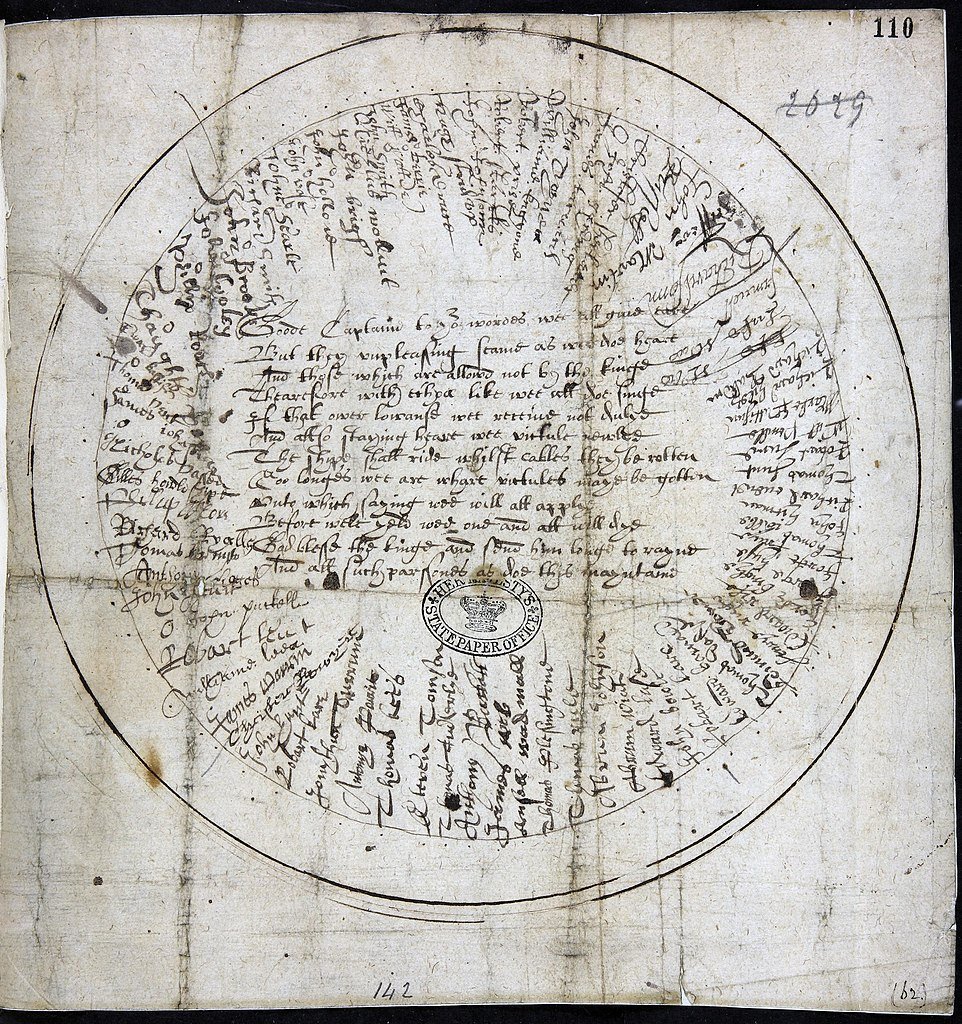26 August 2020
[3 June 2023: corrected the Scots translation]
To be dressed to the nines is to exhibit the very finest sartorial splendor. It is a variant of the more general to the nines, meaning to perfection, to the highest degree possible. But why the number nine?
The short answer is that no one knows. Most likely it’s an arbitrary number, like cloud nine. It has been suggested that the number nine has numerological or mystical significance and therefore appears in the phrase. But the early recorded uses of the phrase don’t hint at that. Ware (1909) claims that it is a variation on dressed to the eyen, referring to smart-looking attire, but no instances of that phrase have been found in the extant literature, and the more modern dressed to the eyes only appears after other instances of to the nines, so that can’t be the source.
We do know the phrase seems to have originated in Scotland. It first appears in a verse letter sent by a William Hamilton to Allan Ramsay on 24 July 1719:
THE bonny Lines therein thou sent me,
How to the Nines they did content me.
Robert Burns used the phrase in several of his poems later in the eighteenth century. The first is “Sketch,” from c. 1785:
Thou paints auld Nature to the nines,
In thy sweet Caledonian lines.
And in March 1787, he penned “The Answer,” which associates the phrase with clothing:
The marled plaid ye kindly spare,
By me should gratefully be ware;
‘Twad please me to the Nine.
In 1789 he wrote the bawdy “Come Rede Me, Dame,” which plays on the phrase by associating it with a well-endowed man:
Come rede me, dame, come tell me, dame,
“My dame come tell me truly,
“What length o’ graith, when weel ca’d hame,
“Will sair a woman duly?”
The carlin clew her wanton tail,
Her wanton tail sae ready—
I learn’d a sang in Annandale,
Nine inch will please a lady.—But for a koontrie c—nt like mine,
In sooth, we’re nae sae gentle;
We’ll tak tway thumb-bred to the nine,
And that’s a sonsy p—ntle.[graith = equipment
sair = cause distress, discomfort
carlin = old woman, crone
tway = two
thumb-bread = thumb-breadth
sonsy = impressive, good
pintle = penis, bolt, pin]
At about the same time that Burns is writing these poems, the word appears in North America, again associated with clothing and appearance. From a letter published in Philadelphia’s Independent Gazetteer on 27 March 1787:
Last Saturday, one of those notorious villains, (distinguished by the appellation of sharper) dressed in his laced cloaths, and powdered off to the nines, went on board of a brig, bound for Calais, and enquired (with an audacious confidence) for the Captain.
Dressed is added to the general phrase, making it specific to clothing, in the mid nineteenth century. From a story that appeared in New York’s Herald on 11 March 1837, and subsequently reprinted in newspapers across the United States:
One evening a smart young mechanic, “dressed to the nines.” as Ben Bowline says, might have been seen wending his way along Broadway.
Sources:
Burns, Robert. The Poems and Songs of Robert Burns, vol. 1 of 3, James Kinsley, ed. Oxford: Clarendon Press, 1968. “Sketch,” 155, lines 37–38; “The Answer,” 327, lines 60–62; “Come Rede Me, Dame,” 457, lines 1–12. HathiTrust Digital Archive.
Dictionary of the Scots Language, 2020.
Green’s Dictionary of Slang, 2020, s.v. dressed (up) to the nines, phr., up to the nines, phr.
Hamilton, William. “Epistle II.” 24 July 1719. In Allan Ramsay, Familiar Epistles Between W— H— and A— R—. Edinburgh [?]: 1719[?], 8. Eighteenth Century Collections Online (ECCO).
“Letter.” The Independent Gazetteer (Philadelphia), 24 March 1787, 2. NewsBank: America’s Historical Newspapers.
Oxford English Dictionary, third edition, September 2003, s.v. nine, adj. and n.
“The Penny Wedding.” The Herald (New York), 11 March 1837, 2. NewsBank: America’s Historical Newspapers.
Ware, J. Redding. Passing English of the Victorian Era. London: George Routledge, 1909, 117. HathiTrust Digital Archive.




